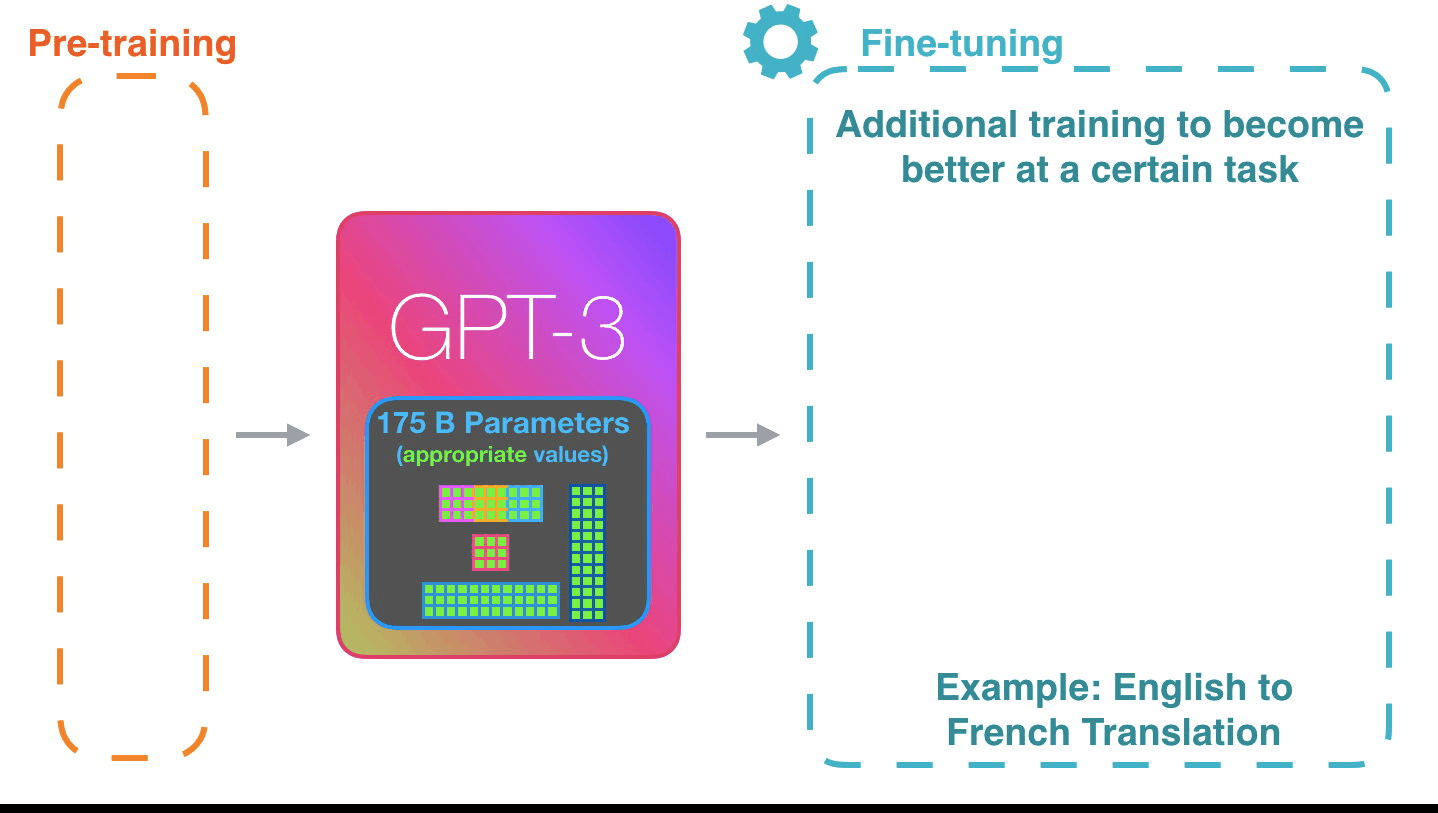🎯 AuroraGPT Goals
AuroraGPT: General purpose scientific LLM
Broadly trained on a general corpora plus scientific {papers, texts, data}
- Explore pathways towards a “Scientific Assistant” model
- Build with international partners (RIKEN, BSC, others)
- Multilingual English, 日本語, French, German, Spanish
- Multimodal: images, tables, equations, proofs, time series, graphs, fields, sequences , etc
Image from Hannibal046/Awesome-LLM
🧪 AuroraGPT: Open Science Foundation Models
📊 AuroraGPT Outcomes
- Datasets and data pipelines for preparing science training data
- Software infrastructure and workflows to train, evaluate and deploy LLMs at scale for scientific resarch purposes
- Evaluation of state-of-the-art LLM Models to determine where they fall short in deep scientific tasks and where deep data may have an impact
- Assessment of the approach of augmenting web training data with two forms of data specific to science
- Full text scientific papers
- Structured scientific datasets (suitably mapped to narrative form)
- Research grade artifacts (models) for scientific community for adaptation for downstream uses
- Promotion of responsible AI best practices where we can figure them out
- International Collaborations around the long term goal of AGI for science
🌌 Aurora
| Racks | 166 |
| Nodes | 10,624 |
| CPUs | 21,248 |
| GPUs | 63,744 |
| NICs | 84,992 |
| HBM | 8 PB |
| DDR5c | 10 PB |
🤖 ALCF AI Testbed
- ALCF AI Testbed Systems are in production and available for allocations to the research community
- Significant improvement in time-to-solution and energy-efficiency for diverse AI for science applications.
- NAIRR Pilot
Up to 25X improvement for genomic foundation models with 6.5X energy efficiency
👥 Team Leads
🤝 Teams
- Planning
- Data Prep
- Accumulate 20+ T tokens of high-quality scientific text and structured data
- Models / Training1
- Train (entirely from scratch) a series of models on publicly available data
- Evaluation
- Skills, trustworthiness, safety, robustness, privacy, machine ethics
- Post-Training
- Fine-tuning, alignment
- Inference
- Model serving, API development / public-facing web services
- Distribution
- Licensing, generating and distributing artifacts for public consumption
- Communication
🦜 Model Training
✅ Goals
- Want training runs at scale to be:
- efficient
- stable
- reproducible
- This requires:
- robust data pipelines / file IO
- effectively overlapping compute with communication
- stability across {network, filesystem, machine}
- 3D / Multi-dimensional Parallelism strategies
- Large batch training
- Second order optimizers
- Sub-quadratic attention
- State space models
- Highly optimized GPU kernels
❌ Challenges
- Looong time to train, can be:
- weeks (even months) of continuous training
- order of magnitude longer than typical NN training jobs
- Stability issues:
- failures are expensive (but inevitable)
- stragglers common at scale
- Individual jobs are:
- fragile
- only as good as the worst rank
- one hang or bad worker can crash job
- network / filesystem / other-user(s) dependent
- Cost / benefits of different collective communication algorithms
- depend on optimized / efficient implementations
- Network performance
- Highly optimized GPU kernels
🚀 Accelerating Dataset Processing at Scale for Training
- To train a fixed model on trillions of tokens requires:
- Aggregating data from multiple different corpora (e.g. Reddit, StackExchange, GitHub, etc.)
- Sampling each training batch according to a fixed distribution across corpora
- Building indices that map batches of tokens into these files (indexing)
- The original implementation was slow, and designed to run on a single device
- Major bottleneck when debugging data pipeline at scale
🚀 Accelerating Dataset Processing at Scale for Training
📓 References
- 🏡 samforeman.me:
- 🦜 Talks:
- See my other slides on:
- 🏎️
argonne-lcf/Megatron-DeepSpeed
For the largest of large language models. - 🍋
saforem2/ezpz
Distributed training, ezpz. - 👀 See also:
❤️ Thank you!
🙏 Acknowledgements
This research used resources of the Argonne Leadership Computing Facility, which is a DOE Office of Science User Facility supported under Contract DE-AC02-06CH11357.
📑 Bibliography
- Refs:
- Wei et al. (2022)
- Animations from The Illustrated Transformer
Song, Shuaiwen Leon, Bonnie Kruft, Minjia Zhang, Conglong Li, Shiyang Chen, Chengming Zhang, Masahiro Tanaka, et al. 2023. “DeepSpeed4Science Initiative: Enabling Large-Scale Scientific Discovery Through Sophisticated AI System Technologies.” https://arxiv.org/abs/2310.04610.
Wei, Jason, Yi Tay, Rishi Bommasani, Colin Raffel, Barret Zoph, Sebastian Borgeaud, Dani Yogatama, et al. 2022. “Emergent Abilities of Large Language Models.” https://arxiv.org/abs/2206.07682.
Yang, Jingfeng, Hongye Jin, Ruixiang Tang, Xiaotian Han, Qizhang Feng, Haoming Jiang, Bing Yin, and Xia Hu. 2023. “Harnessing the Power of LLMs in Practice: A Survey on ChatGPT and Beyond.” https://arxiv.org/abs/2304.13712.
🎁 Extras
🚂 Loooooooooong Sequence Lengths
- Working with Microsoft/DeepSpeed team to enable longer sequence lengths (context windows) for LLMs
- See my blog post for additional details
SEQ_LEN for both 25B and 33B models (See: Song et al. (2023))
♻️ Life Cycle of the LLM
🍎 Training LLMs
AuroraGPT @
HPC User Forum Fall ’24 Sam Foreman Argonne National Laboratory 2024-09-04




























